How Does the Size of a Bouncy Castle Impact Its Use?

When it comes to hiring or buying a bouncy castle, one of the most important factors to consider is its size. Whether you’re hosting a children’s birthday party, a community event, or even a corporate bash, the size of the inflatable can significantly impact how it’s used, how many people can enjoy it, and where it can be set up. Let’s explore how the size of a bouncy castle affects its usability, safety, and overall experience.
1. Suitability for Different Age Groups
The size of a bouncy castle often determines who can use it. Smaller castles, generally measuring around 10x10ft, are perfect for younger children aged 3 to 7. These compact inflatables are easy for little ones to navigate and don't overwhelm them. However, if you’re expecting older children or even adults to have a go, you’ll need a larger, sturdier option—something in the range of 15x15ft or even bigger. These larger castles provide more space for energetic bouncing and accommodate higher weight limits.
2. Capacity: How Many People Can Use It?
One of the main considerations when choosing a bouncy castle is how many people will be using it at the same time. The larger the inflatable, the more people it can accommodate safely. Smaller castles may only be suitable for 3-5 children at a time, while medium-sized ones can handle up to 8. Larger bouncy castles, especially those designed for group events, can hold 10 or more participants, including adults. Overcrowding a bouncy castle is dangerous, so it’s essential to match the size to your guest list.
3. Space Requirements for Set-Up
The bigger the bouncy castle, the more space you’ll need for it. While this may seem obvious, it’s something that can catch people off guard, especially if you’re hosting a party in a modestly sized garden. Large inflatables require a flat, open area, free from obstacles like trees, fences, or garden furniture. Make sure to measure the available space and compare it to the dimensions of the castle before making your booking. Remember, you’ll also need room around the edges for safety and access to the blower.
4. Different Sizes for Different Venues
The size of the venue also plays a role in which bouncy castle is most appropriate. Smaller castles are ideal for indoor use in community halls or sports centres, where ceilings and wall space may be limited. Larger castles, complete with obstacle courses or slides, are better suited for outdoor spaces like parks or school fields. If you’re planning a large-scale event, you might even consider multiple bouncy castles of various sizes to cater to different age groups and activities.
5. Storage and Transport Considerations
If you’re purchasing or storing your own bouncy castle, the size will impact more than just its use at events—it will also affect how easy it is to store and transport. Larger castles are bulkier, heavier, and more difficult to move, requiring a van or large vehicle to transport them to the event location. They also take up significantly more storage space when deflated, so if you’re limited on room, a smaller model might be the more practical option.
6. The Bigger the Castle, the Bigger the Fun
Finally, let’s not forget that bigger bouncy castles tend to bring bigger fun! Larger inflatables often come with additional features like slides, tunnels, and even themed designs, making them a hit at parties and events. They offer more variety for users, keep children entertained for longer, and make for an eye-catching centrepiece. If your goal is to wow your guests, a larger bouncy castle is sure to do the trick.
In Conclusion
The size of a bouncy castle has a direct impact on its usability and overall enjoyment. Smaller castles are ideal for younger children and smaller venues, while larger inflatables provide more space, cater to a wider range of ages, and accommodate more participants. Before making your decision, be sure to consider the size of your venue, the number of users, and the age range of your guests. With the right size bouncy castle, you can ensure a safe, fun, and memorable experience for everyone involved.

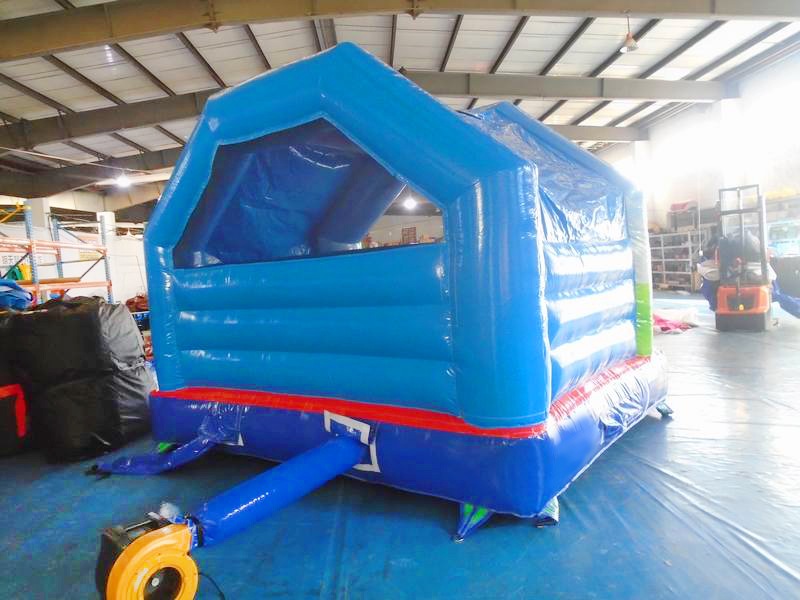
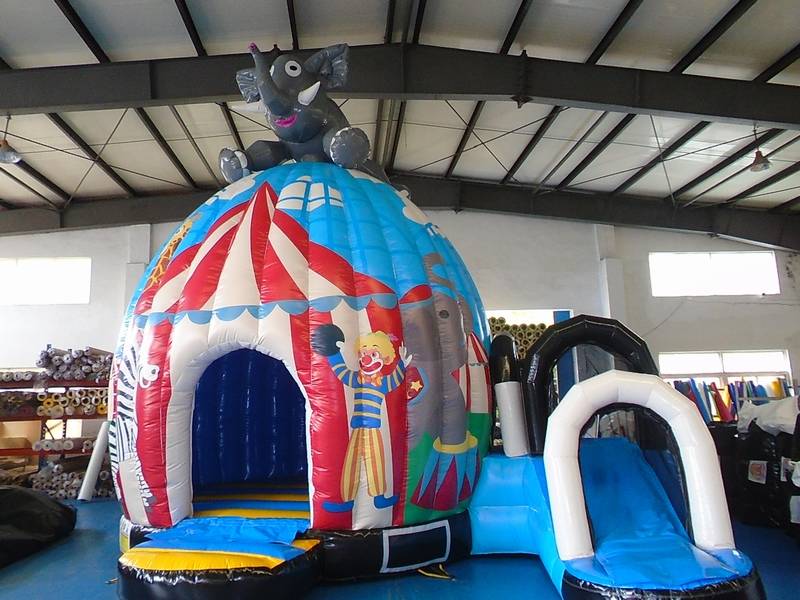
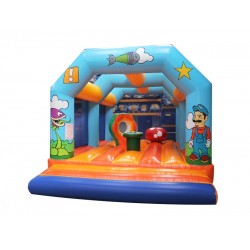
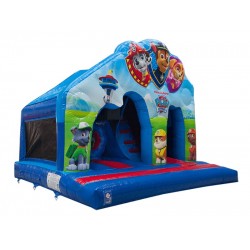
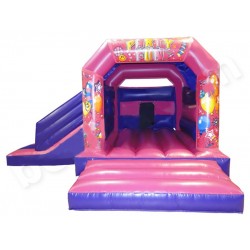
Leave a Comment